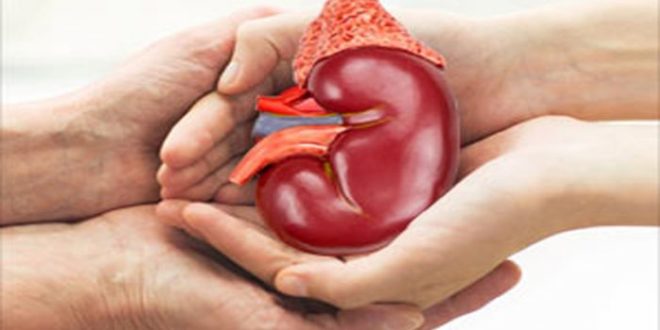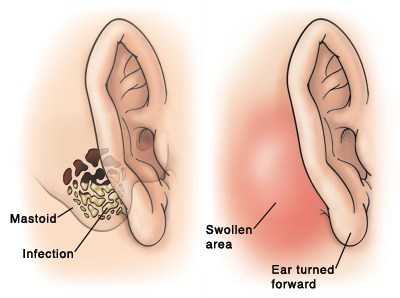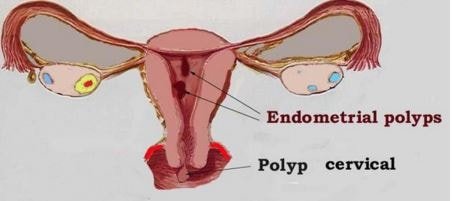Kidney removal or nephrectomy is a major surgery that removes a part of the entire kidney. Donor nephrectomy removes a healthy kidney from a donor to be placed in another person whose both kidneys have failed (end-stage renal disease), a procedure known as kidney transplantation.
Those considering donating one of their kidneys to a loved one can read about the criteria involved in selecting the right donor, surgical procedure involved, and what one can expect after the surgery. These will help in understanding if it is really safe to donate a kidney to a loved one.
The Right Donor
There are two types of donors for a kidney transplant:
- Living (related or unrelated)
- Deceased
For someone to be considered as a potential donor, s/he must meet a number of criteria:
- Be 18 years of age or above
- Be in good health and free of chronic illnesses like heart disease, cancer or diabetes
- Have two normal functioning kidneys
- Compatible blood and tissue type with the recipient
- Pass all physical tests before the surgery
- Be of stable mental health

It is suggested that a kidney transplant from a living donor has better survival rates than a transplant from a deceased donor. Further, transplantation results are best if the donor is related to the loved one (as parent, child, sibling, or relative).
Relative as a donor: A transplant from a related donor greatly increases the chances of the kidney being accepted by the recipient because body tissues and blood groups are more likely to be matched. The donor will be tested for similarity in the white blood cell HLA antigen and blood group antigen on red blood cells with the loved one. The compatibility pattern within the family is as follows:
- Parent and child: 50 % (because a child carries half of each parent’s genes)
- Siblings: 25 %
However, in case a person is not genetically related, he can still donate his kidney if their tissue type and blood groups match and they pass the required criteria for donors.
What One Needs To Know About The Surgery
Surgical advances have made it possible to perform nephrectomy as a hand-assisted laparoscopic procedure, in which a surgeon will create two to three small puncture sites and a small incision of about seven centimeters (compared to 25 centimeters in open surgery). It will take about three hours for the entire procedure that is performed under general anesthesia.
The donor will require a hospital stay for two to three days. Some pain will be experienced but can be tackled with medication. The person will be encouraged to resume light activities as soon as s/he feels comfortable but must refrain from strenuous activities for several weeks post surgery.
The doctor will ask the prospective donor to visit for frequent check ups initially, but only annual tests will be needed gradually. The following will be checked:
- Blood pressure
- Urine protein level
- Kidney waste filtration rate
Are There Risks Involved?
Research studies have not shown any long-term risk involved in kidney donation, as long as the candidate screening was thorough and matched well with their loved one.
As far as the surgery is concerned, the donor might be affected by some complications like bleeding or infection that may occur in any major surgery. Adequate recovery time, initially in the hospital and later at home, is required to allow the other kidney to expand in order to take upon additional blood supply and filter wastes in the absence of the other one.
Regular check ups at the hospital will monitor blood pressure and kidney function. Kidney donation will not change the donor’s quality of life, risk to kidney failure in the future, and survival rate in the long-term any more than that for a non-donor.
Care After Surgery
Donors will need to take care of their remaining kidney for its normal functioning through:
- A balanced diet.
- Following doctor’s prescription of medicines (if any) carefully.
- Avoiding foods rich in proteins that may overwork the kidney.
- Drinking alcohol and caffeinated drinks moderately.
- Limiting salt intake.
- Following an exercise routine.
Any concerns a person may have regarding kidney donation must be discussed with a Nephrologist and one should go ahead with the procedure only when all the necessary criteria for kidney transplant are met.







